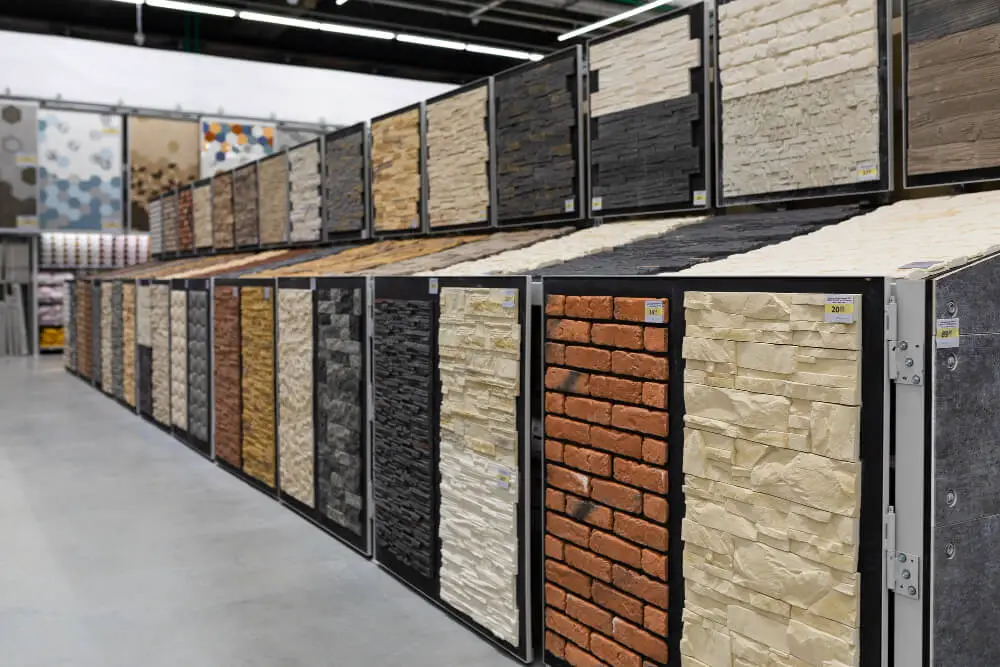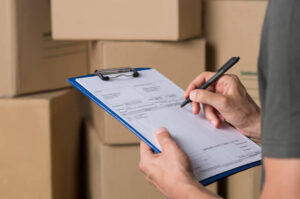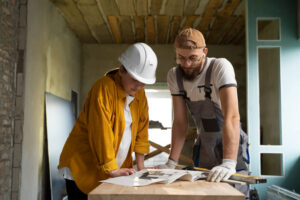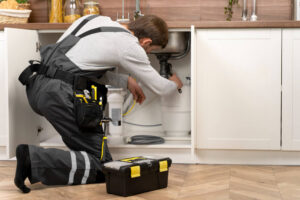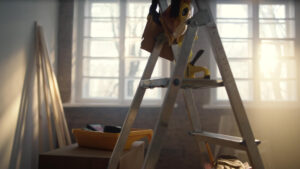Choosing the right exterior material for a custom home is one of the most important design and investment decisions homeowners face. The material selected affects not only curb appeal but also long-term durability, maintenance costs, energy efficiency, and even resale value.
This comprehensive guide explores the advantages and disadvantages of popular exterior materials used in custom home construction. Whether building a new home or updating an existing façade, understanding the pros and cons of each option ensures a more informed decision.
Pros of Popular Custom Home Exterior Materials
Brick: A Timeless and Low-Maintenance Classic

Brick remains one of the most enduring and aesthetically pleasing exterior materials. Its advantages include:
- Longevity: Properly installed brick exteriors can last over 100 years.
- Low Maintenance: Minimal upkeep beyond occasional mortar touch-ups.
- Fire Resistance: Naturally fireproof, often lowering homeowner insurance premiums.
- Thermal Performance: Brick’s thermal mass helps regulate indoor temperatures, especially in warm climates.
- Curb Appeal: Its classic look never goes out of style.
Although brick costs more upfront—typically $14 to $28 per square foot installed—its lifespan and durability often justify the investment.
Stone: Premium Appeal with Lasting Value
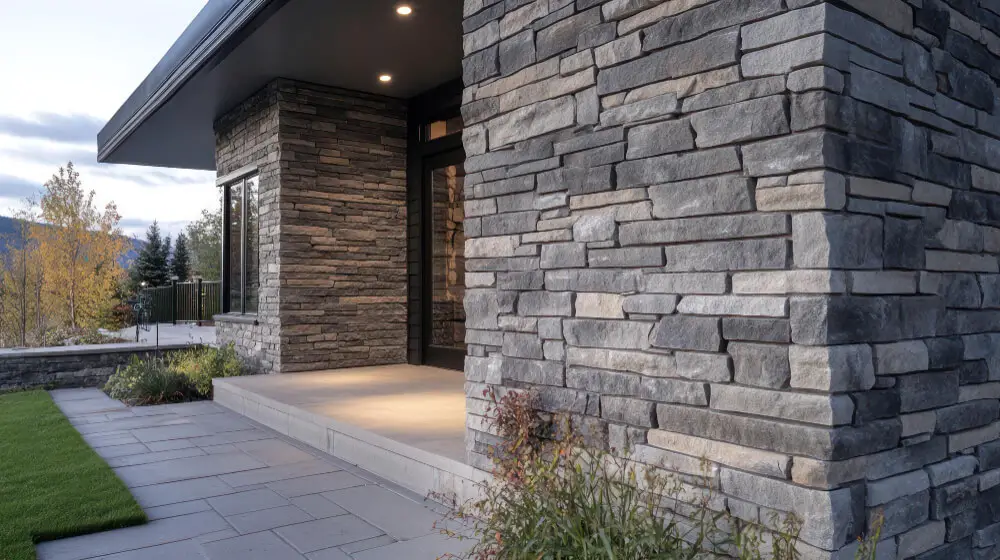
Natural stone offers a high-end appearance that significantly boosts a home’s perceived value. Key benefits include:
- Strong Resale Value: Homes with stone exteriors often sell faster and at higher prices.
- Exceptional Durability: Withstands extreme weather and resists pests.
- Excellent Insulation: Natural stone contributes to better energy efficiency.
- Aesthetic Versatility: Available in various textures and tones.
When considering premium materials like stone, partnering with reputable custom homes builders provides significant advantages. Experienced custom builders have established relationships with quality stone suppliers and skilled masons who understand proper installation techniques.
Fiber Cement: Modern Durability Meets Versatility

Fiber cement siding, popularized by brands like James Hardie, offers a modern solution for homeowners seeking the look of wood without its drawbacks:
- Rot and Pest Resistant: Ideal for regions with humidity, rain, or salt air.
- Fire Resistant: Often qualifies for lower insurance rates.
- Paint Longevity: Holds paint 3–4 times longer than wood siding.
- Multiple Design Options: Available in lap siding, shingles, board-and-batten, and more.
- Affordability: More budget-friendly than stone or full brick.
Fiber cement is especially popular in coastal areas for its resilience and aesthetic flexibility.
Metal: Modern, Sustainable, and Long-Lasting
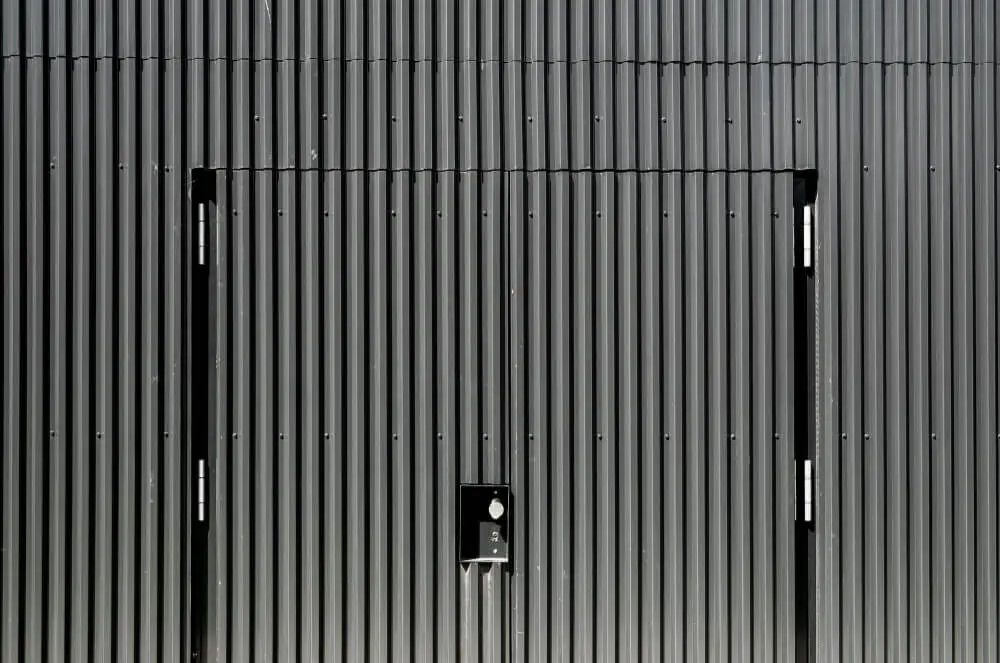
Modern metal siding and roofing systems offer sleek, contemporary design paired with impressive performance:
- Extreme Durability: Resistant to rot, fire, and pests.
- Low Maintenance: Requires little upkeep compared to wood or vinyl.
- Eco-Friendly: Most metal panels are recyclable.
- Patina Aesthetics: Materials like copper and zinc develop a natural patina over time, enhancing visual appeal.
Options like aluminum and steel are available in various finishes, allowing metal exteriors to suit both rustic and ultra-modern designs.
Cons of Popular Custom Home Exterior Materials
Wood: Beautiful but High-Maintenance

Wood siding offers unmatched natural warmth but comes with notable challenges:
- Regular Maintenance: Requires repainting or staining every 3–7 years, depending on the climate.
- Vulnerability: Prone to rot, warping, and pest damage, especially in humid or rainy regions.
- Higher Cost for Premium Species: Cedar and redwood are more durable but significantly more expensive than pine or spruce.
While wood delivers a charming aesthetic, the upkeep can be time-consuming and costly over time.
Vinyl: Budget-Friendly, But With Trade-Offs

Vinyl is among the most affordable siding materials, but its drawbacks include:
- Color Fading and Brittleness: Tends to discolor and crack with age, especially in cold climates.
- Limited Repair Options: Damaged panels often require full replacement rather than patching.
- Environmental Concerns: As a plastic product, vinyl is not biodegradable and contributes to landfill waste.
- Lower Perceived Value: May not offer the same resale value as more premium materials.
While vinyl is widely used in budget builds, it may not meet long-term aesthetic or sustainability goals.
Stucco: Climate-Dependent Performance

Stucco works well in dry, arid climates but struggles in regions with high humidity or rainfall:
- Moisture Problems: In humid areas, improperly installed stucco can trap moisture and lead to mold.
- Cracking Issues: Traditional stucco is prone to cracking as homes settle.
- Complex Installation Requirements: Synthetic stucco systems (EIFS) must be installed with precision to avoid water intrusion.
Stucco can be an attractive choice but requires expert application and is best suited for specific climates.
Mixed Materials: Visually Appealing, Technically Challenging

Combining materials such as stone, wood, and metal creates visual interest but introduces complexity:
- Increased Costs: Transitions between materials require skilled detailing and flashing.
- Water Infiltration Risks: Junctions between different materials are potential weak points.
- Thermal Expansion Issues: Different materials expand and contract at different rates, which can lead to separation or cracking if not addressed properly.
For homeowners interested in a mixed-material exterior, working with an experienced builder is essential to ensure durability and proper execution.
Final Thoughts: Choosing the Right Exterior Material
There is no one-size-fits-all exterior solution. The ideal material depends on factors such as:
- Climate and environmental exposure
- Budget constraints and long-term value
- Preferred architectural style
- Maintenance expectations
- Resale considerations
Consulting with an experienced custom home builder ensures that materials are selected and installed with both performance and aesthetics in mind. A well-informed decision leads to greater satisfaction, better energy efficiency, and enhanced curb appeal for years to come.

